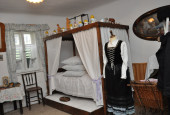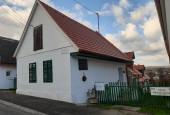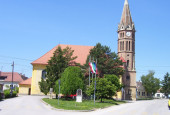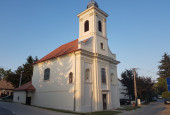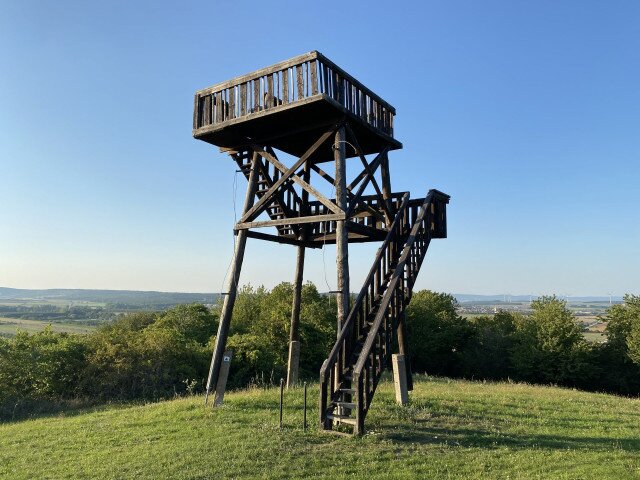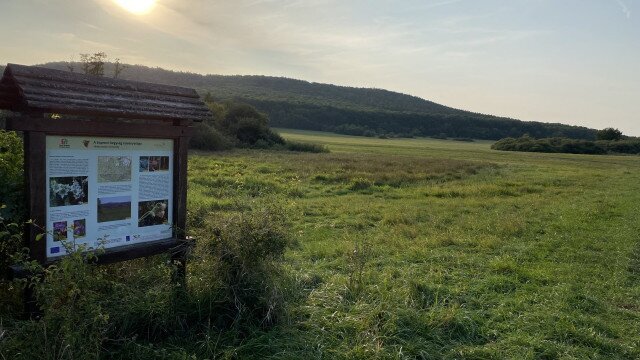Ágfalva
Ágvalva is located directly at the Hungarian-Austrian border,
Attractions:
Ház Hill Lookout Tower: The 332-meter-high “Hausberg” (House-Mountain) almost leans on the south-western edge of Ágfalva. The 6-meter-high lookout tower built by the villagers has been there since 1 May 1998. It offers beautiful views of Ágfalva, the Sopron Mountains, the neighbouring Austrian villages and the Somfalvi Plain.
Lutheran Church: In 1784, as part of the preparation of the church foundation, similarly to the Lutheran Church in Sopron, pilings were installed into the ground, thus ensuring its proper foundation on the swampy ground. In 1781, the Decree of Tolerance issued by Joseph II allowed Lutherans to build houses of worship, but without a tower and a bell. After that, the Lutheran house of prayer was built, but the tower was added only in
Ágfalva Country House: The exhibition presenting the ethnographic values of the village is in a building that is typical of Ágfalva. The collection is in a family house, that is a 230-year-old row of adobe brick buildings with outbuildings. The country house, created on local initiative in 2008, presents the ethnographic values of the local German nationality.
Roman Catholic Church: Late Baroque Roman Catholic Church built between 1790 and 1792.
Red elderberry educational trail: The 7.5-kilometer-long educational trail starting from Asztalfő ends in Ágfalva, dedicating a separate chapter to the presentation of the first coal mine in Hungary, Brennbergbánya and the Brennbergbánya-Ágfalva coal railway.
In 1753, Hungary's first coal mine opened in the nearby Brennbergbánya. The more developed Austrian industry and the town of Vienna needed coal, but the transport of coal had been unsolved. A tranship was set up at the Ágfalva railway station, where the coal was first transported in horse-drawn carriages. The horses could not abide the heavy wear, they died after 3-4 years. The narrow-gauge coal railway between Brennbergbánya and Ágfalva was then built, on which the transport was initially solved by horses and then by steam locomotives. With the closure of the Brennberg mine in 1951 the railway lost its significance, and its rails were dismantled.


